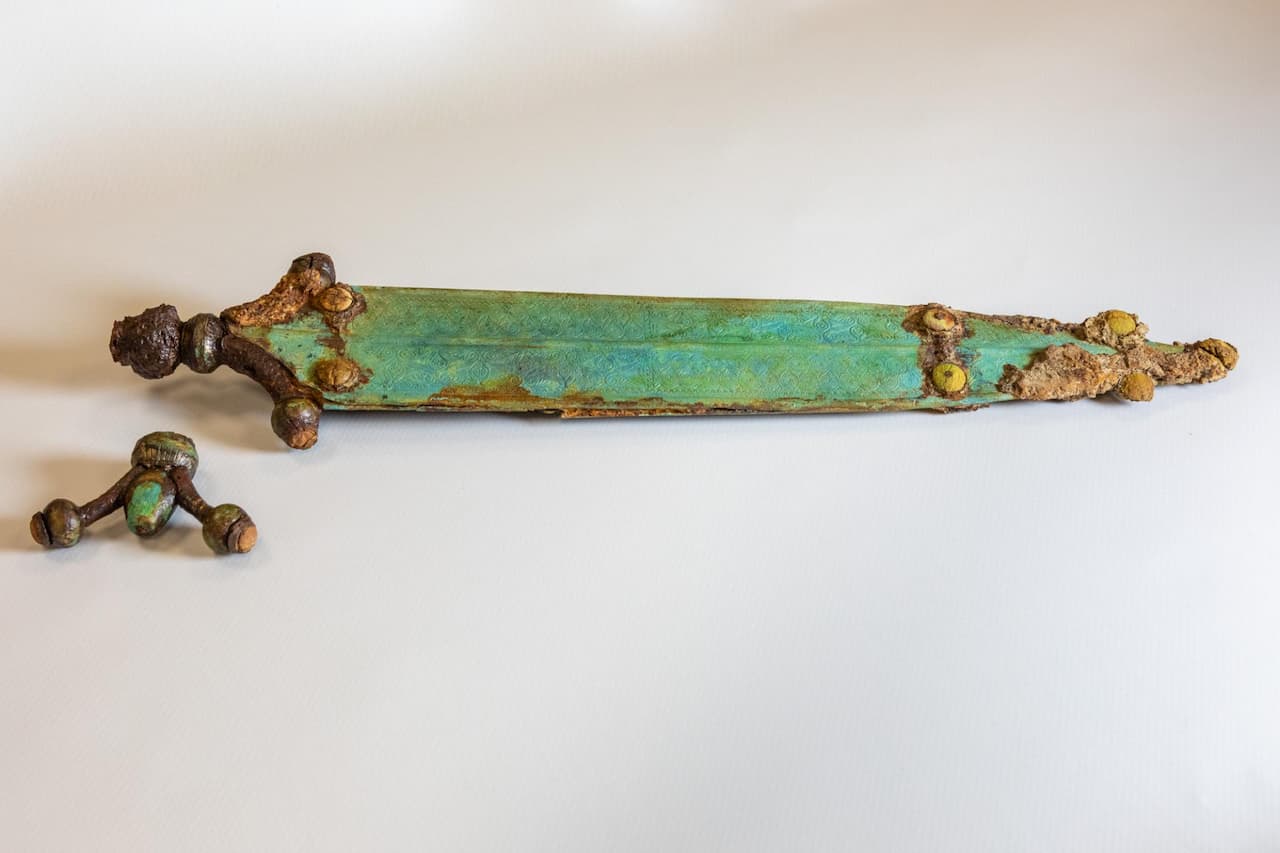
Spectacular Iron Age Artifacts Unearthed at Celtic Necropolis in Creuzier-le-Neuf, France
In the picturesque landscape of France, near the small town of Creuzier-le-Neuf, just six miles north of Vichy, the soil held secrets dating back millennia. A meticulous archaeological excavation conducted in 2022 has transformed this quiet locale into a significant center for Iron Age history. The extraordinary Celtic necropolis unearthed from the depths of the earth has revealed a treasure trove of invaluable metal artifacts, effectively drawing back the curtain on a distant era.
Dating to the Middle La Tène period, approximately 4th to 2nd centuries BCE, this necropolis offers striking insights into the funerary rites and social hierarchies of the time. The tombs, particularly those believed to belong to the elite of the period, provide a unique window into the world of the Iron Age.
Spanning an area of roughly 650 square meters, the necropolis features a rectangular enclosure surrounded by a substantial ditch. Within this sacred space, archaeologists identified over 100 tombs, predominantly oriented in a north-south direction. This deliberate arrangement underscores the complex social structures and ritual practices of the Gaulish communities such as the Arverni, Aedui, and Bituriges.
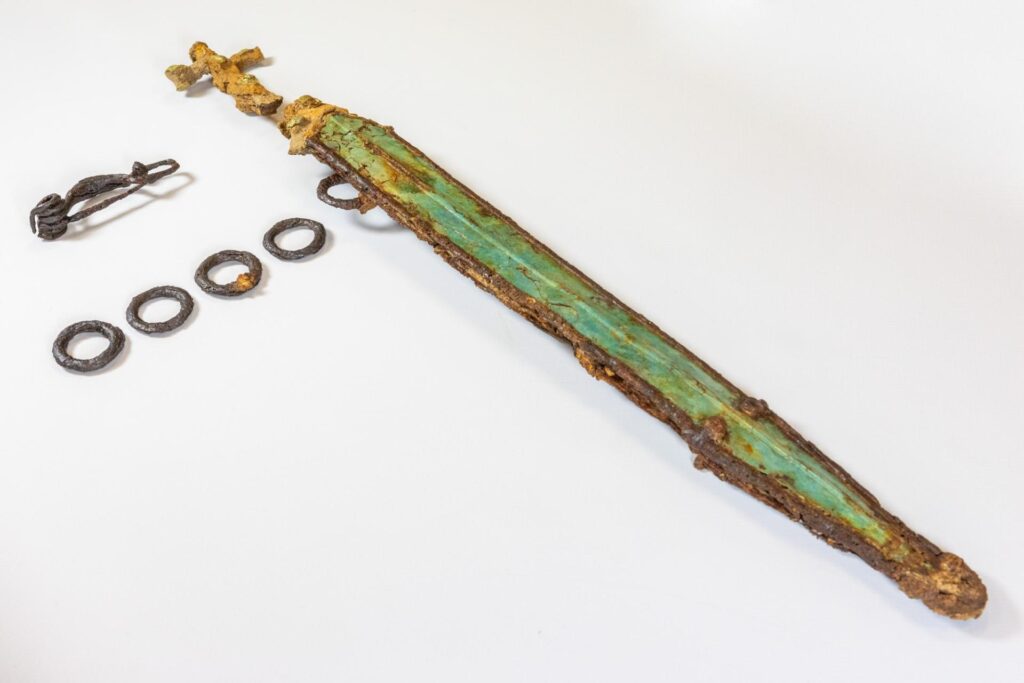
One of the most remarkable aspects of the excavation was the exceptional preservation of the metal artifacts, despite the region’s highly acidic soil, which typically hinders the survival of human remains. Nearly half of the burials contained metal adornments, primarily bronze bracelets found in both single and double arrangements. These bracelets showcase an incredible diversity, ranging from simple coiled forms to intricately crafted pieces adorned with curvilinear and circular motifs. Many feature ingeniously concealed clasps, highlighting the high level of craftsmanship and technical skill of the artisans of the time.
In addition to the bracelets, 18 fibulae (brooches used for fastening garments), made mostly of iron or copper alloys, were also brought to light. Although quite corroded upon discovery, meticulous restoration work by experts at the Municipal Restoration and Archaeological Studies Center (CREAM) in Vienne successfully revealed their delicate details. Notably, one fibula shared similar motifs with the bracelets, suggesting a stylistic connection among the artifacts.
However, the most captivating discoveries were the two magnificent swords found in separate tombs. The first sword, unearthed from tomb 782, stands out due to its original and ornate scabbard. The scabbard’s intricate embellishments, including sinuous engravings, swastika-like motifs, and possible glass paste inlays, transform this weapon into a veritable work of art. X-ray analysis of the sword revealed complex inlays on the blade, such as a circle and a crescent separated by a line, indicating its creation in the early 4th century BCE.
The second sword, discovered in tomb 990, was accompanied by suspension rings that would have allowed it to be worn on a belt. While less ornate than the first, its scabbard features a mysterious pair of eye-like motifs at the tip. Remarkably, fragments of fabric, preserved by oxidation, were also found, possibly remnants of the deceased’s clothing or a protective covering. The typology and dimensions of this sword also suggest a 4th-century BCE origin.
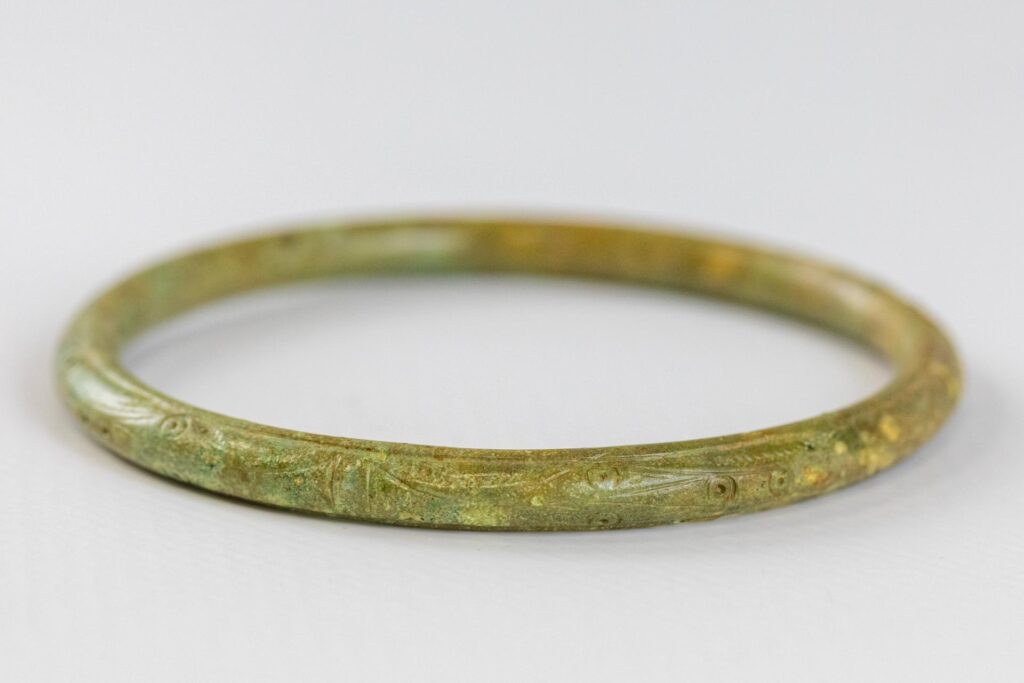
This significant excavation was conducted under the scientific direction of Benjamin Oury and the supervision of Vincent Georges, both members of the National Institute for Preventive Archaeological Research (Inrap). Undertaken as part of a development project managed by Vichy Communauté and overseen by the Regional Archaeology Service, the findings underscore the critical importance of the Creuzier-le-Neuf site for understanding the social dynamics and ritual practices of pre-Roman Gaul.
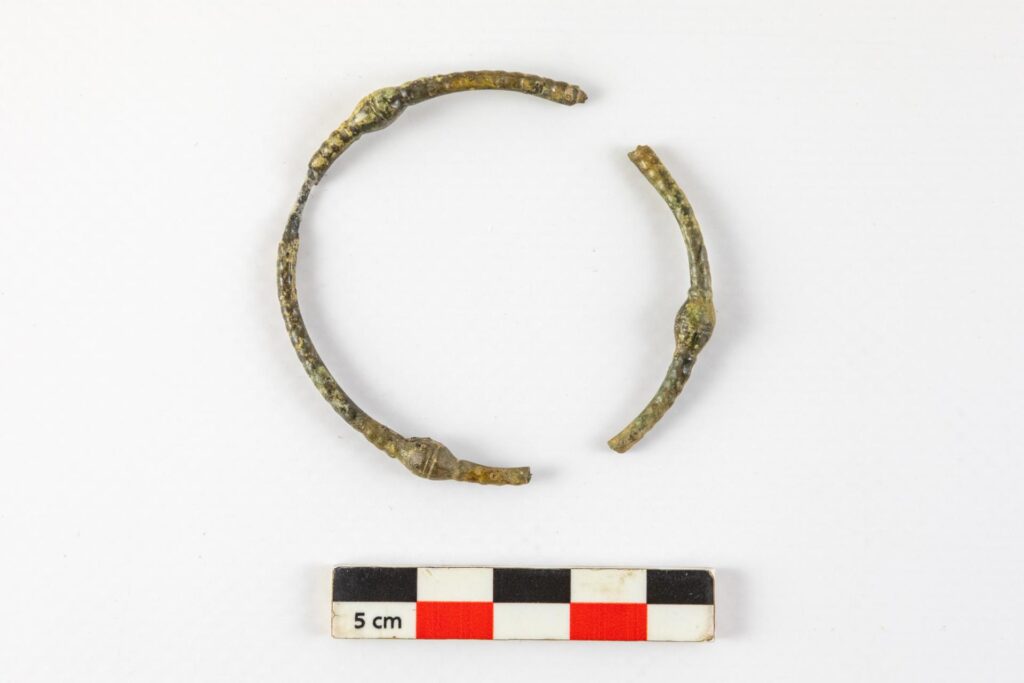
The unique finds from this necropolis not only enrich our knowledge of Celtic craftsmanship but also highlight the complexity of funerary traditions during this pivotal period in European history. As conservation efforts continue, the archaeological team hopes to further unravel the mysteries of the past and gain a deeper understanding of the lives, beliefs, and customs of those who once inhabited this region. This discovery invites us on a journey back thousands of years into the heart of France.
National Institute for Preventive Archaeological Research (Inrap)
Cover Image Credit: Fully decorated short sword with antennae handles discovered in burial 782. Flore Giraud, Inrap
You may also like
- First Mesolithic Human Figurine Found in Damjili Cave in Azerbaijan
- Spectacular Iron Age Artifacts Unearthed at Celtic Necropolis in Creuzier-le-Neuf, France
- The Steiermark Coat of Arms and Other Centuries-Old Inscriptions Discovered in Jerusalem’s Room of the Last Supper
- Vast Roman Horse Cemetery Belonging to Cavalry Unit Discovered in Germany
- 3,000 Year Old Settlement Uncovered During Construction of Ipswich Link Road
- The Ancient City of Kadyanda was the site of Brutal Pankration Competitions
- Archaeologists Discover 9,000-Year-Old Temple in Jordan Desert
- Sumerian Birth Certificate: One of History’s Oldest Records
- Archaeologists Uncover Unique Auditorium During Excavations in Sicily
- Astonishing 3,000-Year-Old Cave Paintings Unearthed in Brazil

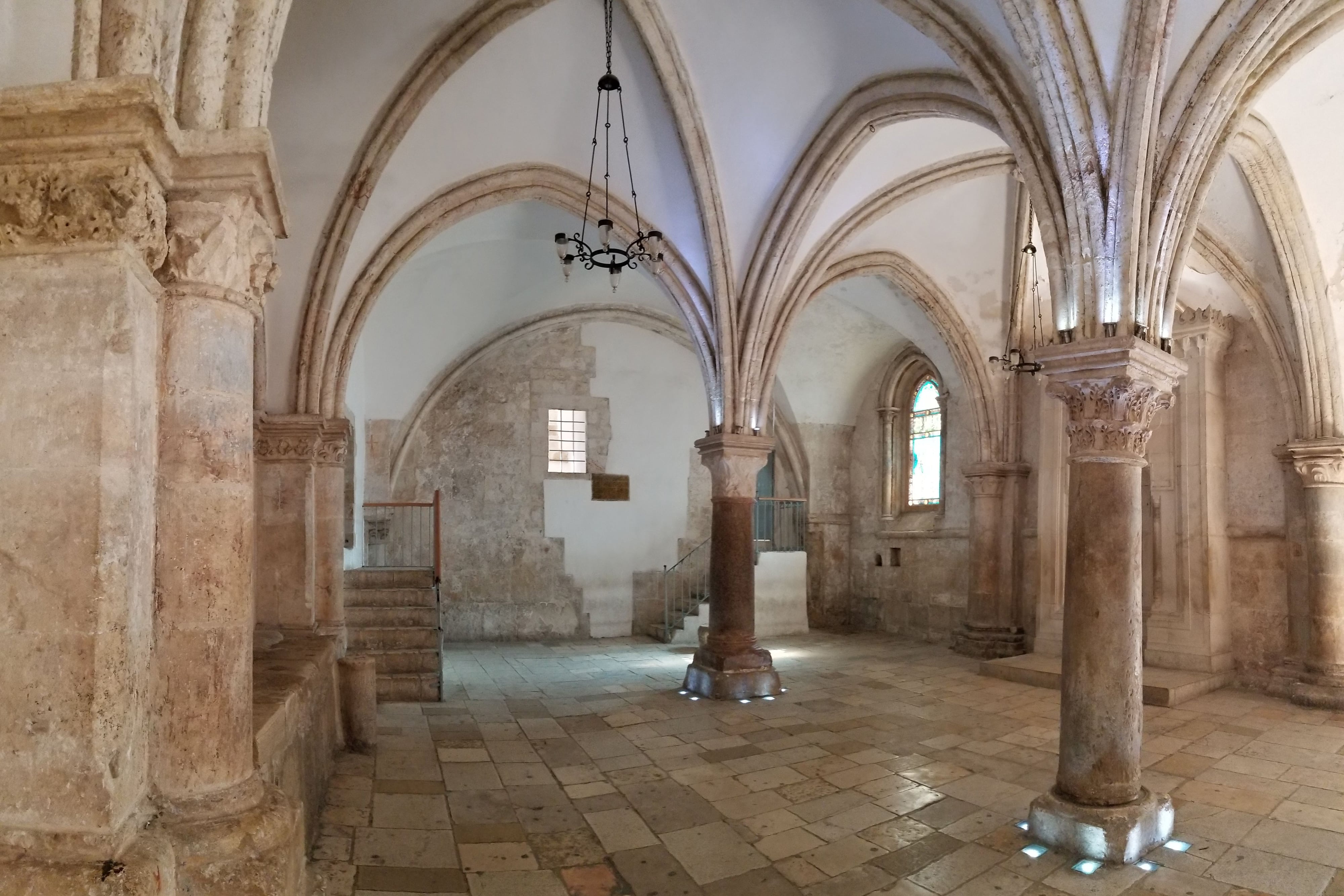
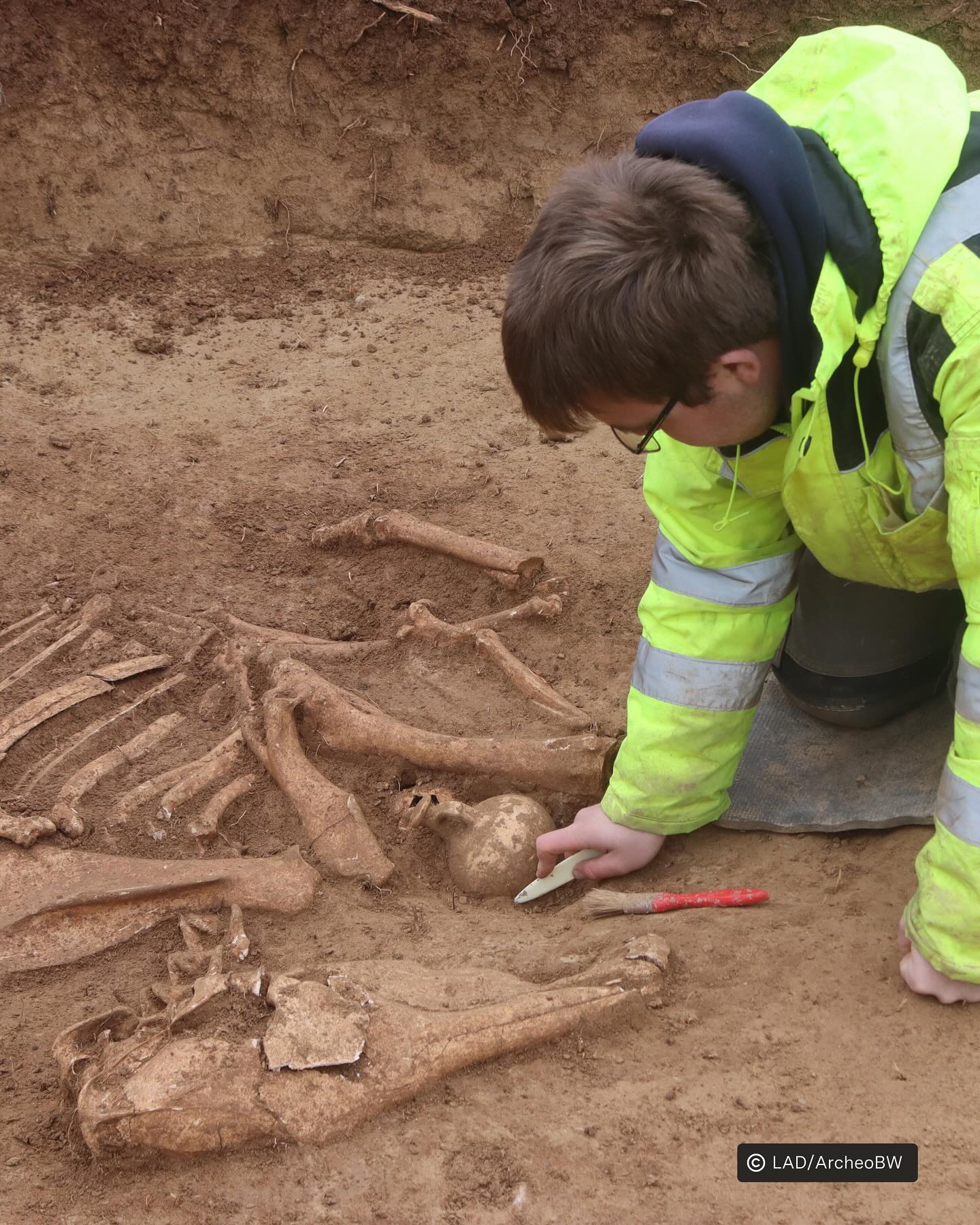

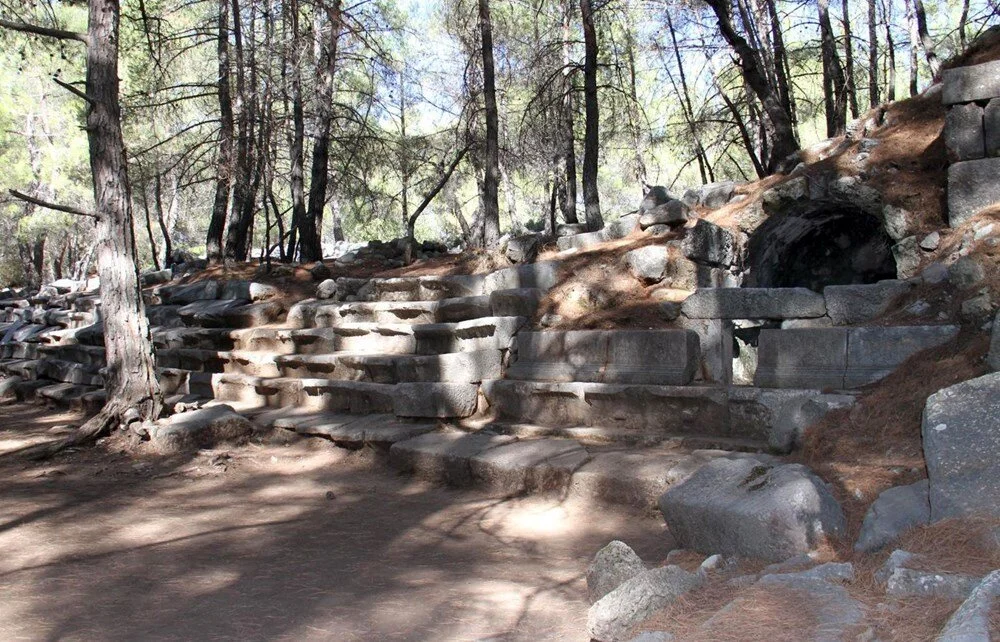
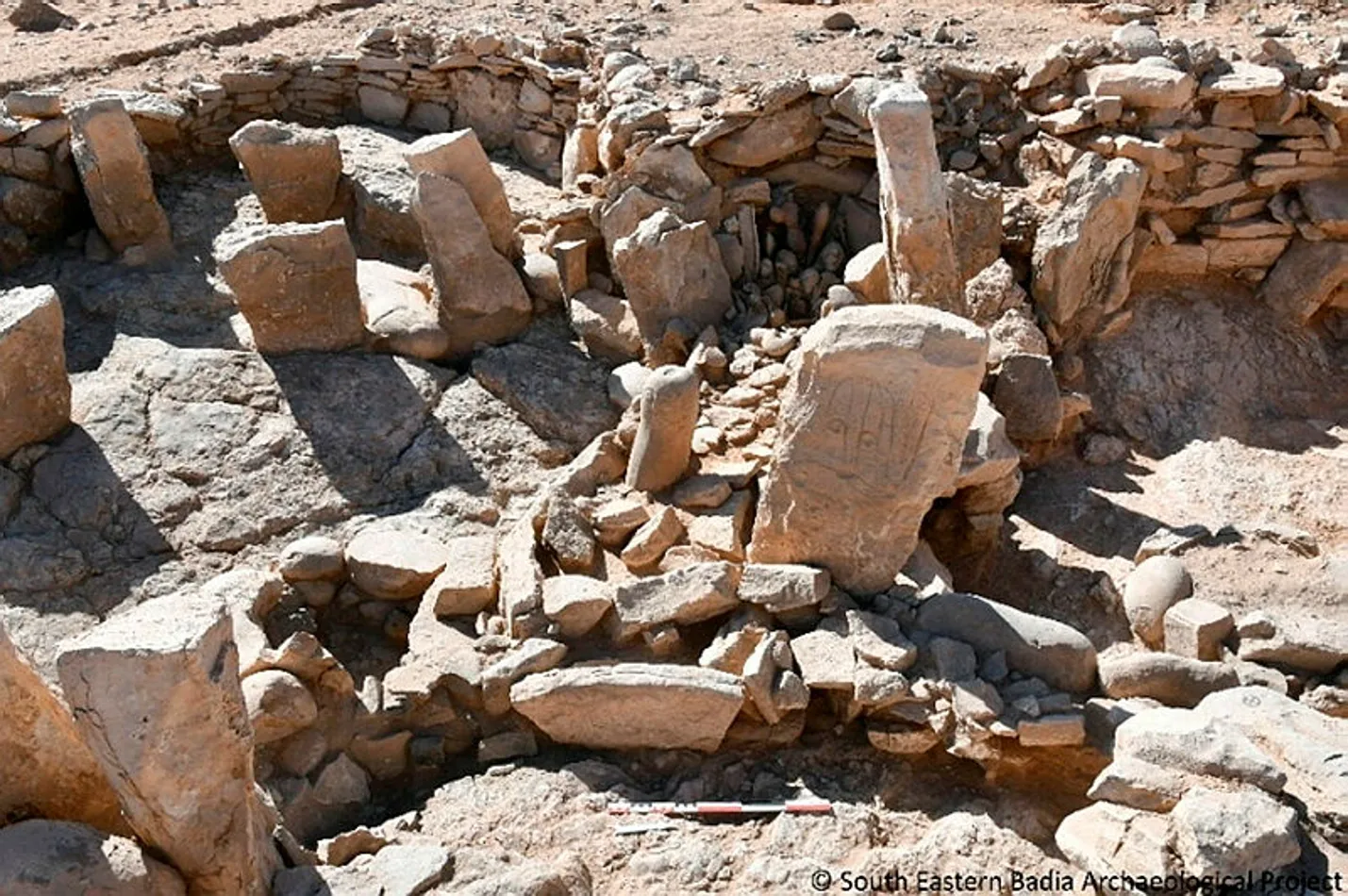
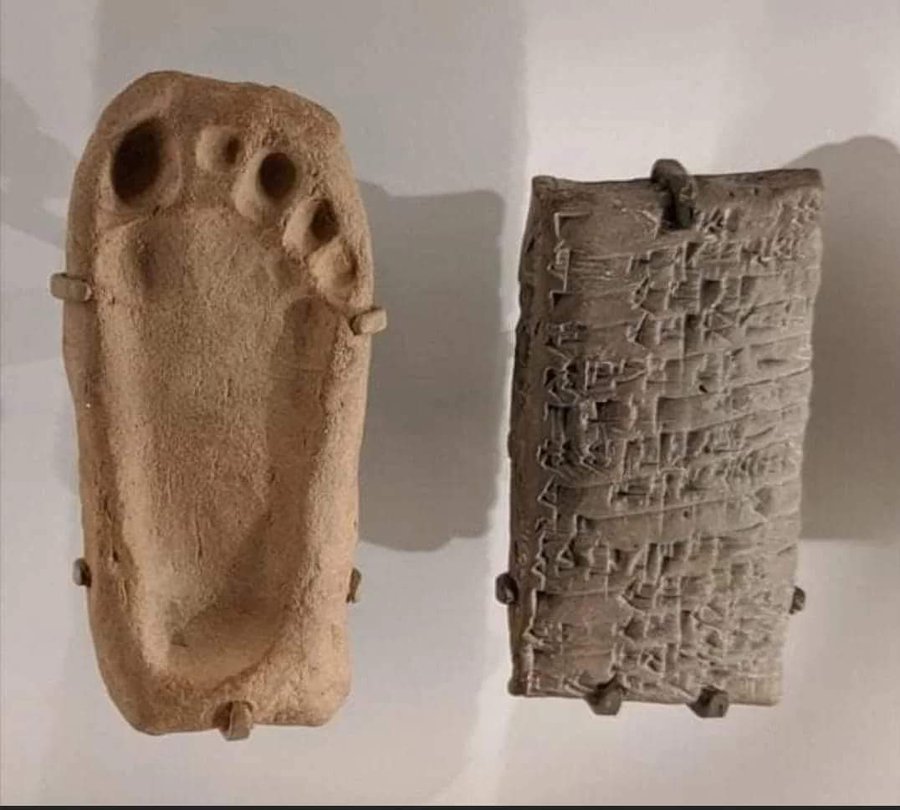
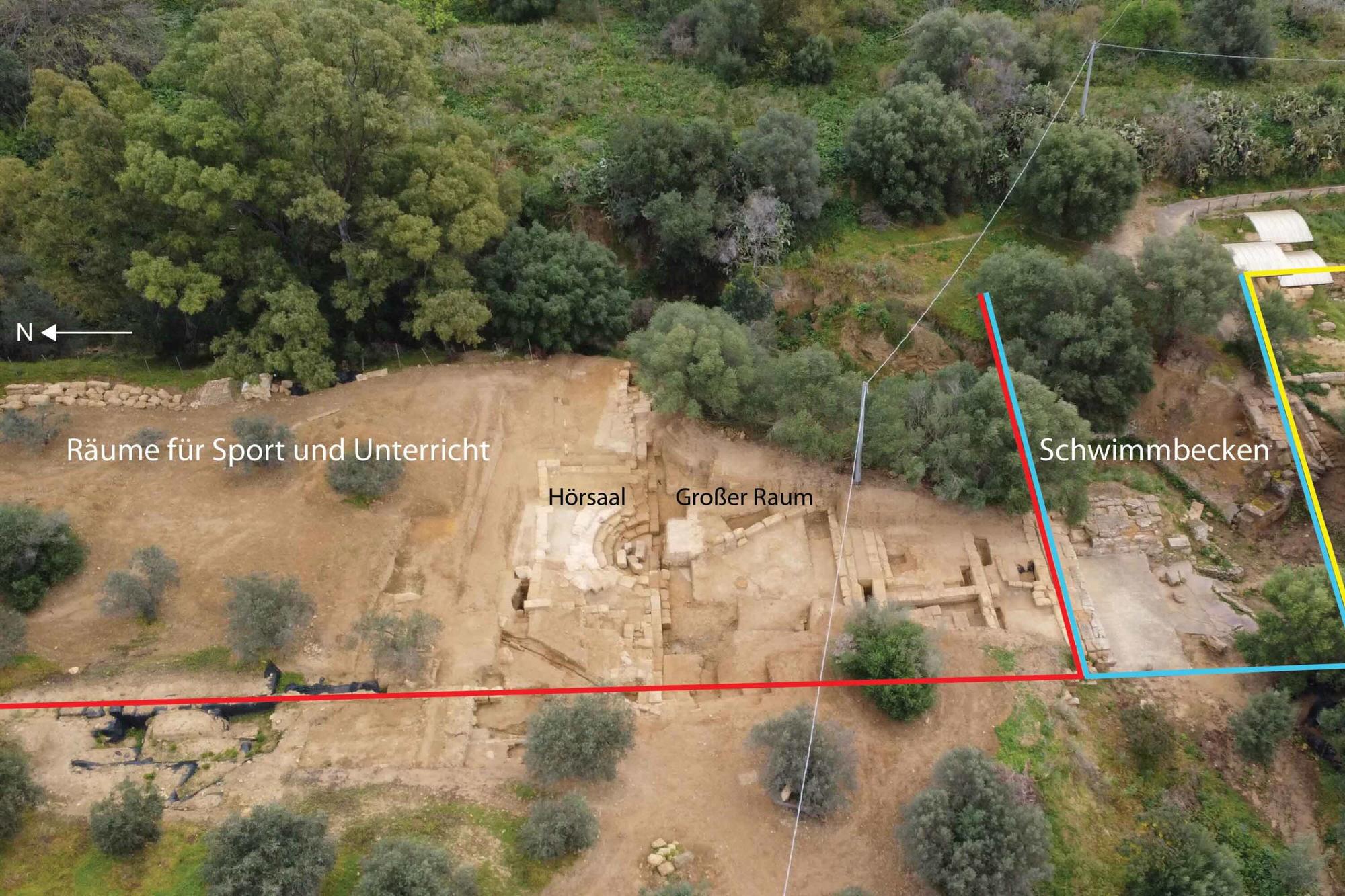

Leave a Reply